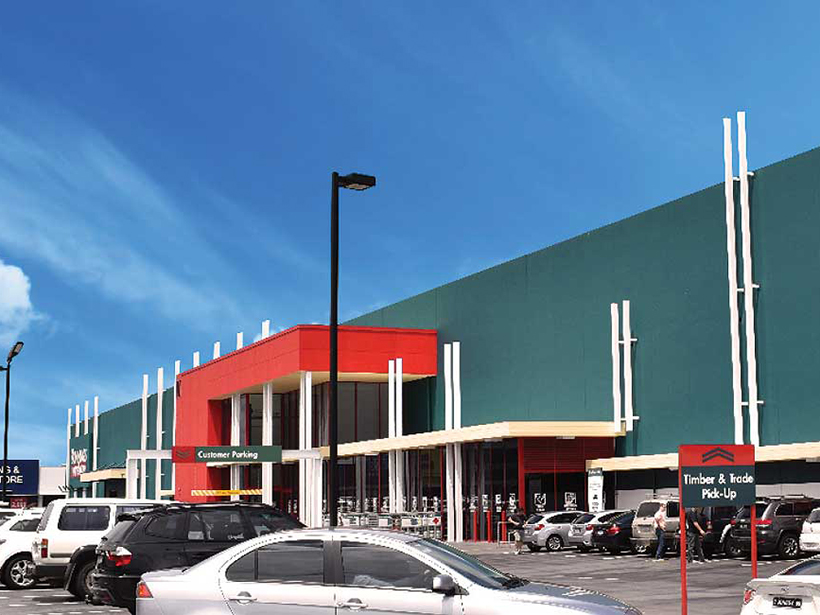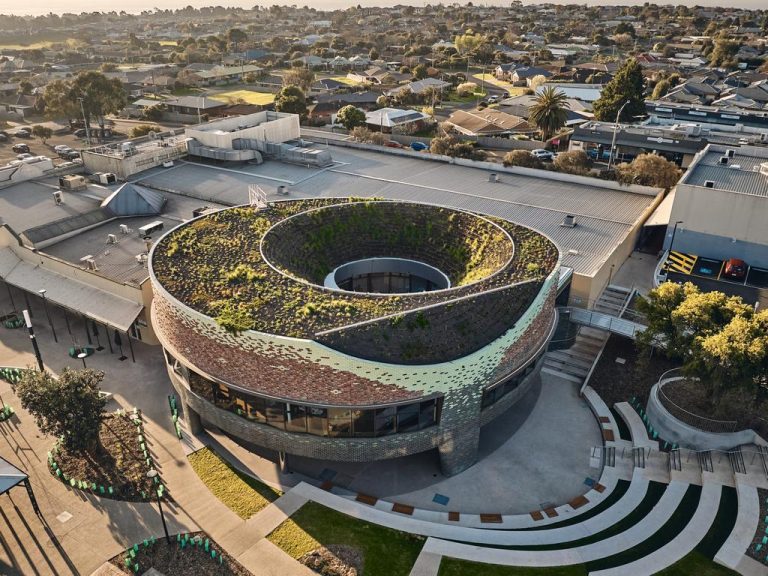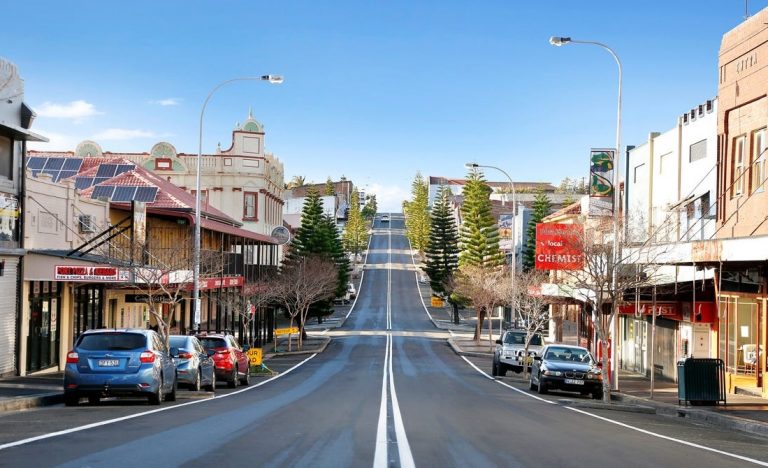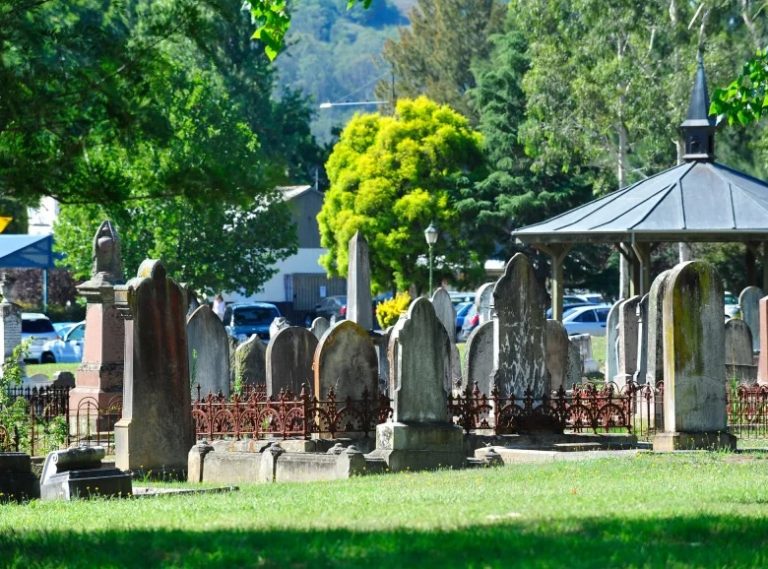What to expect at Britain’s Bunnings

Bunnings Warehouse has opened its first UK pilot store this weekend, marking the beginning of local brand Homebase’s transition into the Australian chain’s iconic green and red colours.
Bunnings’ owner Wesfarmers paid $705 million for Homebase’s 265-store hardware chain early last year, and announced it would spend a further $1 billion rebranding the stores as its own.
Their first store opening under the new livery occurred at St Albans in Hertfordshire, about four months later than originally planned.
Commercial Insights: Subscribe to receive the latest news and updates
So what can UK Bunnings shoppers expect to find as they walk through the doors at St Albans in south-east London?
A little bit of Bunnings
While most Australian Bunnings Warehouse outlets are sized between 15,000sqm and 20,000sqm, the St Albans store measures less than half that – around 6500sqm.
It’s expected that most Bunnings stores in the United Kingdom will be smaller than the ‘big box’ colossuses we’re accustomed to in Australia.
Australian pricing scheme
Early reports are that Bunnings will adopt the same “everyday low prices” scheme favoured in Australia to draw customers through the door, rather than higher prices as standard with a rotating roster of special prices.
Strong competition
While Bunnings was the first of the true hardware superstores in Australia, allowing it to dominate the market and weather a challenge from (and ultimately destroy) rival Masters, Bunnings is the new kid on the block in the UK, where there are already numerous established players.
British chains Wickes and B & Q already hold a significant 15% of the market share there, which Bunnings sees as a positive, with room for it to muscle in.

If Bunnings’ pilot stores are successful, the remaining Homebase stores will likely be replaced. Picture: Sebastian Ballard.
No Homebase here
Bunnings executives were very quick to distance their brand from the one it’s replacing, and apparently with good reason.
Then-Bunnings CEO John Gillam said last year that the Homebase structure was in desperate need of an overhaul.
“It is not a well-run business. It’s had a decade of poor management. Homebase currently can’t do what Bunnings Warehouse does,” Gillam told The Australian.
“Homebase currently can’t do what Bunnings Warehouse does. So if we stay with Homebase we have a lid on how much we can grow.”
That said, the St Albans store and the handful of other Bunnings outlets that will open in the near future are pilot stores, with Bunnings reserving the right to pull the pin on a full-scale expansion if they’re unsuccessful.
A larger, refined range
While the store’s size means it is carrying a smaller range than what you’d find an in an Australian Bunnings store, it still offers more than Homebase.
The store holds around 40% more stock-keeping units than the Homebase store it’s replacing, according to RetailWeek, as well as employing an additional 30 members of staff.
It has also significantly narrowed Homebase’s broad range of home products, which was so wide that it included products like bedding and pillows.
Instead it has bumped up the space allocated to garden equipment, plants and tools.
For the whole family
The St Albans store has been modified significantly from its Homebase guise, including removing a mezzanine level and installing a number of features that are now commonplace at Bunnings outlets in Australia: a café, a children’s playground and a training/DIY education area for staff and customers.
No sausage sizzle … yet
The traditional community group fundraising sausage sizzle will have to wait, with no reports that the pilot store will initially employ the ever-so-popular tactic to lure buyers with the promise of snags in bread.







